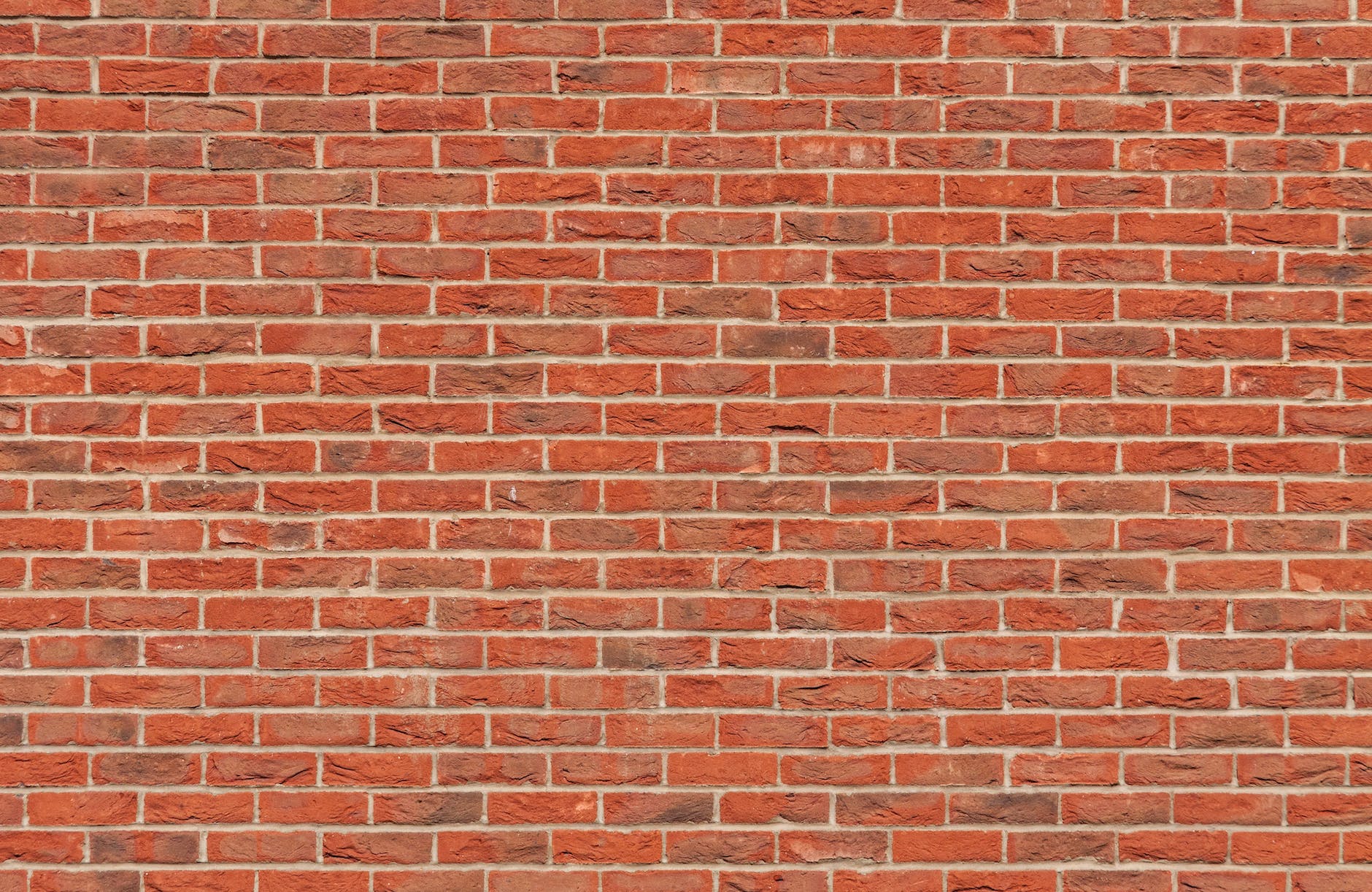To add value to others, one must first value others – John C. Maxwell.
Redlining
In the 1930s, a mortgage company graded different neighborhoods based on security. The grades ranged from A – D, with D being the worst. Predominantly black communities were graded with either C or D grades indicating they were too dangerous. These grades meant these neighborhoods were not worth investing in to restore. This practice, known as Redlining, is defined by Wikipedia as a discriminatory practice in which services are withheld from potential customers who reside in neighborhoods classified as ‘hazardous’ to investment; these neighborhoods have significant numbers of racial and ethnic minorities and low-income residents.
The Residue of Redlining
While the grading system is not in operation, many neighborhoods still exhibit the effects of this practice. Torey Edmonds has lived in the same house her father built for decades. Growing up, her community was well established, with movie theaters, grocery stores, and other beneficial amenities accrued to a neighborhood.
In the 1970s her community began to deteriorate as stores closed down and those that opened were cheap liquor stores that replaced grocery stores. Furthermore, banks denied loans to members of the neighborhood, which led to continued deterioration. As her neighborhood became redlined, poverty rose, and the overall health of the community declined. Researchers show that communities that have experienced the wall of redlining have shorter life spans because of chronic illnesses with limited to no access to health care.
The Deeper Effect
This wall, called redlining, intended to close the door on dangerous communities has created many problems beyond housing. What a loan company thought was permissible has created a domino effect from which many communities like Edmonds’ have never recovered. A recent study confirms this:
“A new 2020 study by researchers at the National Community Reinvestment Coalition, the University of Wisconsin/Milwaukee, and the University of Richmond finds that “the history of redlining, segregation, and disinvestment not only reduced minority wealth, it impacted health and longevity, resulting in a legacy of chronic disease and premature death in many high minority neighborhoods. On average, life expectancy is lower by 3.6 years in redlined communities, when compared to the communities that existed at the same time, but were high-graded by the HOLC.”
Mental Redlining
While we see the debilitating effects of redlining, mental redlining is a wall we create that categorizes and grades people on biases we have developed or adopted. This wall we erect determines how we treat people we come across in our daily lives.
What creates redlining in our minds? And what is the effect of this wall in expressing the better angels of our nature?
Making Valuations
In the same way, redlining creates community deterioration, mental redlining causes relational deterioration. If the mortgage company that created redlining chose their better angels by doing what was beneficial to the communities, neighborhoods like Edmonds’ would have had a chance to be restored. When we make wrong valuations of people based on skewed constructs, we grade them on a failing curve. This curve not only gives us a warped view of people but also makes us averse to serving them in ways that embrace their dignity and value as a person.
Among the four daily choices, author and leadership expert Dr. John Maxwell recommends we can make to change our world is to value people. He shares sound advice:
“This is a decision to see each human being you come in contact with, be it in real life or in the digital world, as someone with value who needs that value affirmed in some way. It’s a choice to connect with people and begin breaking down walls of distrust.”
Breaking the Wall
Knowing that our view of others determines the value we place on them, how do we break the walls we construct in our minds (sometimes unintentionally) that twist our view of others? It is by developing value-based connections. Seeking this value out must be intentional. If you’re not deliberate, it can be especially tough to find value in others if you haven’t developed the habit of quickly identifying it in others. But the search is simplified when we believe that everyone is created with value. Possessing this perspective prevents us from redlining people.
I believe the redlined neighborhoods still had value in them. If only someone noticed it underneath the decline. I believe a different outcome would have been realized if more time had been dedicated to discovering the value in the redlined communities and adding to them rather than grading them based on their decline.
Similarly, when we see the value in others despite their shortcomings, we break the wall of bias and build a bridge where discovered value is magnified. People are more apt to respond to their magnified value rather than their graded decline. How do you view people you interact with? Are you quick to find flaws and faults that make you less inclined to connect with them? Or, do you take the time and effort to discover their value and build a positive value-based connection?
Final Thought: We are surrounded by people possessing tremendous value. Mental redlining stops when we apply a value-based system to develop connections. Once we identify value and build a bridge, we strengthen the relationship by continuously adding value in small and big ways. Only one thing is needful— a choice.
Keep on keeping on!
Notes
https://en.wikipedia.org/wiki/Redlining


Just what is needed on a Friday. The value on this blog is on another level. This has given me another perspective on what I consider as value.
LikeLiked by 1 person
Hi Duncan, thanks for the feedback.
LikeLike